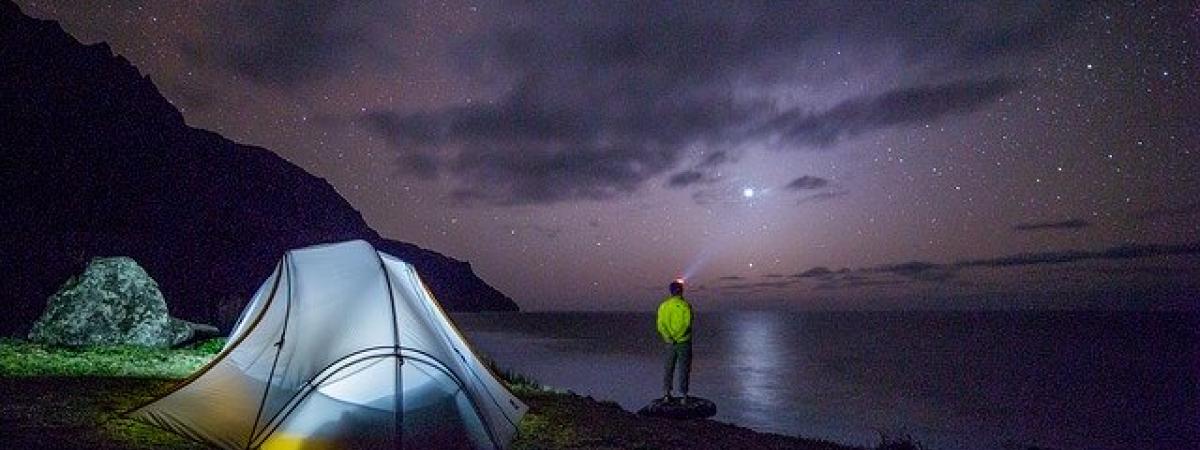The space engineer inspired by nature

In biomimetics, ideas are taken from nature and implemented in engineering design. The Eiffel Tower, for example, was inspired by the thighbone. One engineer, who is constantly looking to human and animal bodies for inspiration talks about his work.
Spacecraft design is the “pinnacle of man-made technology”, says Professor Stuart Burgess, recent recipient of Britain’s top mechanical engineering award. The MeTop-C spacecraft, for example, has 18 miles of wiring throughout, and Burgess designed the majority of that.
His work
Aside from designing spacecraft which are helping to monitor climate change, he also worked on the Hubble Space Telescope and the Skylark Rocket (used to gather data on the upper atmosphere, including ultraviolet images of the cosmos).
Burgess also engineered cycling gold, designing the chain drive—that’s the chain, sprocket, and front chainwheel that maximise efficiency, helping bikes go as fast as possible. Used in the Rio Olympics and Paralympics, and recent World and European Championships, the design won six gold medals and broke the world record for both the men’s and women’s team cycling pursuit for Rio Olympics Team GB—yet Burgess is convinced that the human knee joint is vastly superior in its mechanics, creating much less friction as its parts move against each other.
When asked to design a minuscule drone for the military, he looked to the dragonfly wing for inspiration.
His wonder
It’s the human nervous system that particularly awes this exceptional engineer. In comparison to the 18 miles of wiring found in the spacecraft, he describes how a nuclear submarine has 311 miles of wiring…. and the human nervous system an impressive 150,000 km of wires (or nerves). That’s more than 93,000 miles which is pretty big when you consider that the Earth itself, when measured at the Equator, has a diameter of some 24,000 miles.
Burgess explains that the human nervous system provided much inspiration for his spacecraft wiring. How, for example, do nerves slide, bend, elongate and withstand compression as the body moves? How do nerves manage to carry different types of fibres (both those that help with sensation and those that control movement) and yet each and every time allow the correct fibre to end up at the right destination? (It would be no good, for example, to be able to sense pain in your hand but not to be able to make your hand pull away).
What’s more, every single one of your 650 muscles needs to receive input from bundles of nerves, which branch over the surface, innervating every single muscle fibre. This allows you to precisely control your muscle strength. Want to pick up a ladybird without crushing it, or lift your oversized luggage from the baggage carousel at the airport? Your nerves will help you precisely adjust your muscle power by activating just the right number of muscle fibres into your movements.
Want to sense a fly on your skin or a feather on your nose? Every single skin sensor receives input from a nerve. A network of nerves even enwrap the hair follicles on your skin. If something really light lands on your skin, the tiny movement of the hair will be sensed by the nerves—and then by your brain.
Looking for answers
Another problem that engineers face is providing the power to drive their machines. Supercomputers (often compared to the brain because of the (far smaller) number of decisions that they can make) require some 13 million watts (and are about 1000 times the size of a human brain); Burgess explains that the human brain works with 20 watts (similar to that used to power a dim lightbulb).
Life on earth has solutions where engineers are still looking for answers. The Biomimicry Institute suggest “making the act of asking nature’s advice a normal part of everyday inventing”. Professor Burgess is doing just that.
